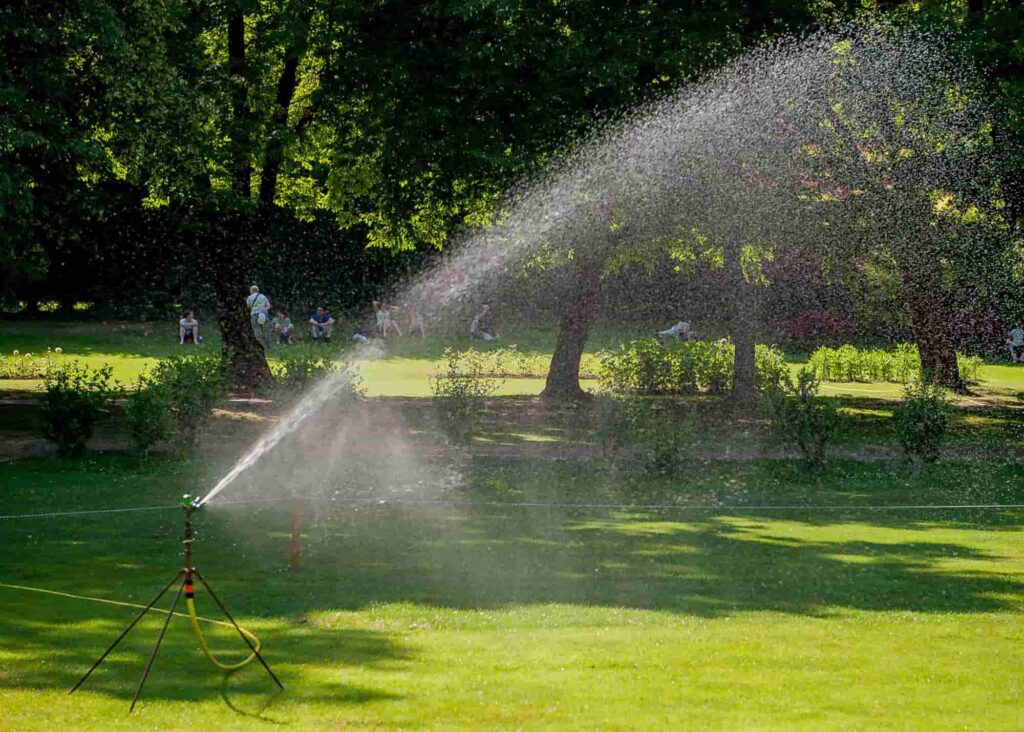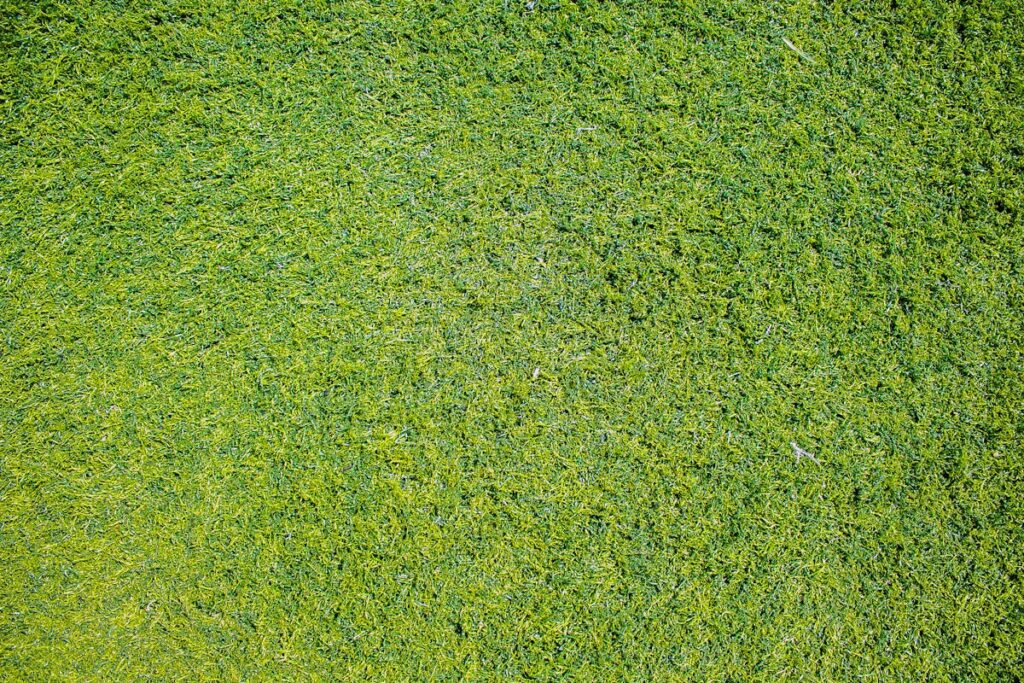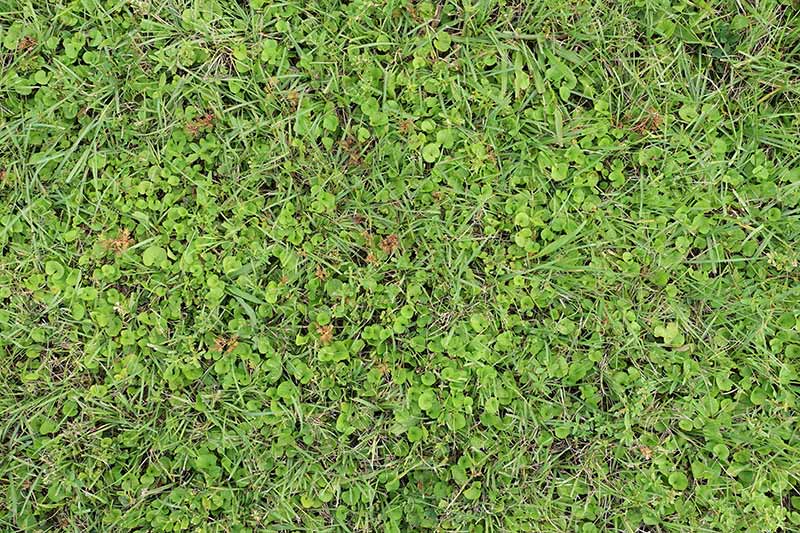Maintaining a lush, vibrant lawn goes beyond just mowing on weekends. It’s about understanding your soil, climate, and grass type, then tailoring your approach for long-term health. Research from university extensions and environmental agencies confirms that good lawn care benefits both aesthetics and the environment, improving soil health, conserving water, and boosting biodiversity. By adopting the following evidence-based practices, you can create a beautiful, resilient lawn with minimal chemical reliance.
Choosing the Right Grass Type
The foundation of a low-maintenance, thriving lawn is choosing the right grass for your region. Cool-season grasses like Kentucky bluegrass, perennial ryegrass, and fescues thrive in cooler northern climates (60–75°F), while warm-season grasses such as Bermuda and Zoysia excel in warmer regions (above 80°F). For drought-prone areas, turf-type tall fescue stands out for its ability to remain green with little to no irrigation.
Pro tip: Endophyte-enhanced varieties naturally resist pests like chinch bugs, reducing pesticide needs. The right turf also helps prevent soil erosion and improves rainwater infiltration.
Soil Preparation and Health
Healthy lawns start with healthy soil. Aim for a pH between 6.0 and 6.5 for optimal nutrient uptake. Regular soil testing ensures you know exactly what your lawn needs. Adding compost can increase organic matter to 4–6%, improving drainage, water retention, and beneficial microbial activity.
If soil compaction is an issue, aerate annually with a core aerator, especially when thatch exceeds 0.5 inches. Organic amendments not only feed your grass but also promote carbon sequestration and earthworm populations.
Mowing Best Practices
Proper mowing protects grass health and reduces weed problems. Maintain a height of 2.5–3.5 inches, removing no more than one-third of the blade at a time. Higher mowing in summer (around 3–4 inches) shades soil, reduces evaporation, and encourages deeper roots.
Leave clippings on the lawn—this natural grasscycling provides the equivalent nutrients of one fertilizer application each year and improves soil structure. Always use sharp mower blades to prevent disease and water loss.
Watering Techniques
Deep, infrequent watering encourages strong root systems. Aim for about 1 inch of water per week, applied early in the morning to reduce evaporation. In very dry conditions, let your lawn go dormant and water just enough (0.5 inches every 4–6 weeks) to keep roots alive.
Consider drip irrigation or efficient sprinklers, and use mulch to retain soil moisture and regulate temperature. Proper watering can improve rainfall absorption by up to six times, reducing runoff and erosion.
Fertilizing Guidelines
Fertilize according to soil test results, focusing on fall applications for cool-season grasses. One pound of nitrogen per 1,000 sq ft in late summer or fall supports strong root growth. Opt for slow-release organic fertilizers like compost, bone meal, or blood meal to avoid chemical spikes.
Avoid fertilizing in early spring or mid-summer heat, which can stress grass. Grass clippings can supply up to 30% of your lawn’s nitrogen needs naturally.
Weed and Pest Management
Prevent weeds by keeping grass dense through proper mowing and fertilization. Apply pre-emergent crabgrass control in spring and spot-treat weeds as needed. Organic methods like hand-pulling and using pest-resistant grass varieties can reduce pesticide use.
Integrated pest management (IPM) strategies encourage beneficial insects and minimize chemical treatments, helping maintain a healthy yard ecosystem.
Seasonal Lawn Care Calendar (Cool-Season Lawns)
Employ Qualified Lawn Care & Landscaping Expert
Sustainable and Organic Lawn Care
For a truly eco-friendly approach, reduce mowing frequency, use compost top-dressing, and plant native grasses or clover to cut water needs by up to 75%. These low-intensity practices support pollinators, save money, and reduce emissions.
With thoughtful planning and consistent care, your lawn can be both beautiful and sustainable—enhancing your property’s curb appeal while benefiting the environment.









